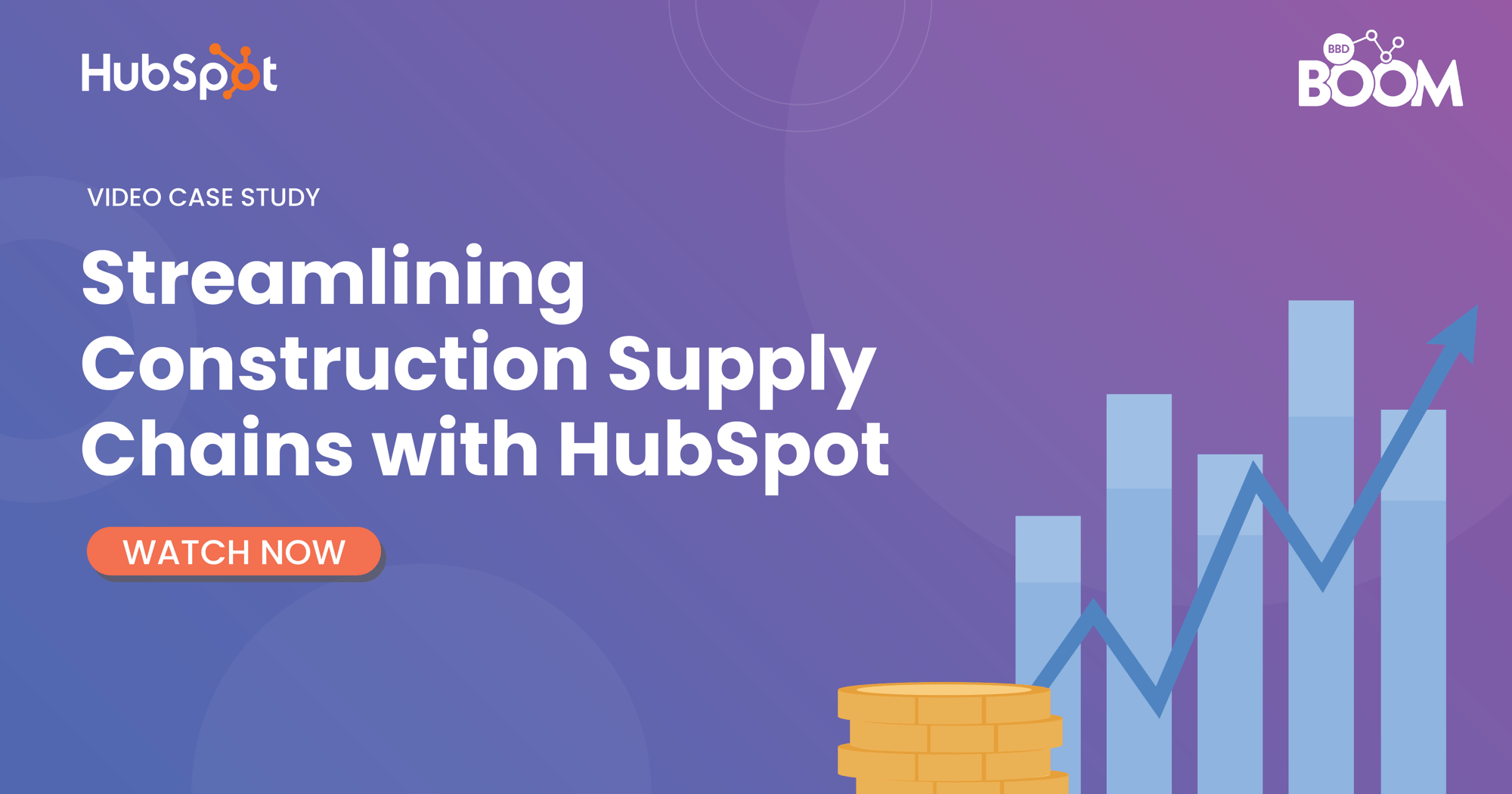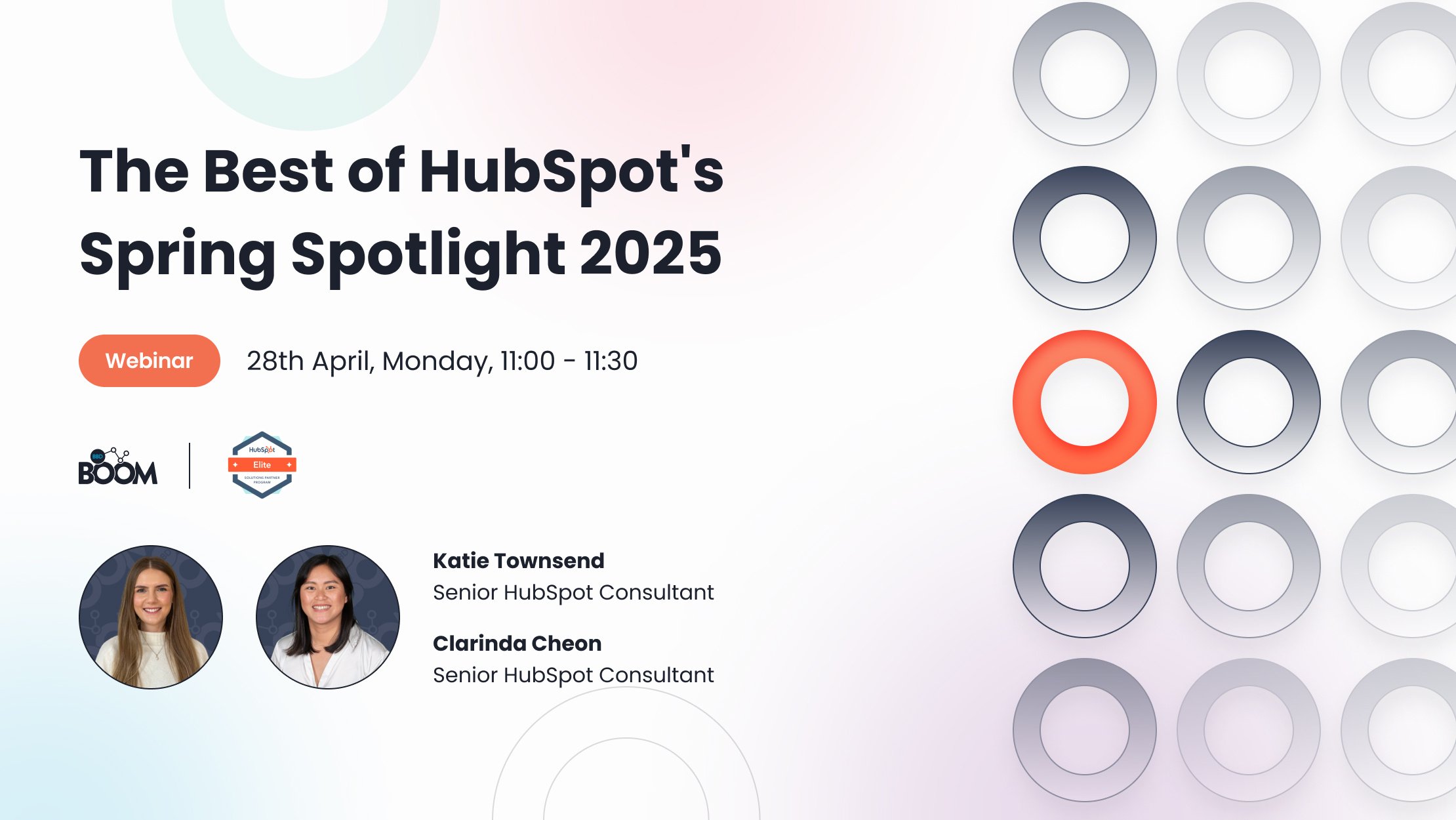What is a multichannel marketing campaign?
Multichannel marketing means different things to different people, but at its core it means utilising multiple platforms to promote your campaigns. Instead of running a single start-and-stop campaign or using one marketing tactic, like TV or email, marketers today are aligning with how consumers operate: in lots of places all at once.
Why is it important?
Ultimately, it is because customers are no longer on just one single channel. For example, we use our phones while typing on our laptops and watching TV, we ask our friends (both on social media in person) for product recommendations, and before we even think about reaching out to a company, we do as much online and offline research as possible. Consumers are more informed than ever, and if we want to reach them, we need to make sure we are giving them all the information they want, when and where they want it.
What are the channels?
Examples of communications channels could include, but are not limited to:
- Paid media
- Blogging
- Organic Social
- Video
What are the benefits?
Increase consumer engagement and conversion rates: By strategising your campaign across multiple platforms and devices, you’ll see a higher engagement rate from your consumers. 72% of consumers say they would rather connect with brands and businesses through multi-channel.
Keep up with today’s on-the-go users: You’re not limited to time or location. You can reach users across mobile, desktop, email, and social throughout their daily journey, on the commute to work, in bed at home, at a concert with friends, and so on.
Increase your customer base and lower customer acquisition costs: The best combination of multiple channels for an optimised media plan tailored to your target audience, will also deliver the most number of customers with the lowest Cost Per Acquisition. According to the CMO of Adobe, 52% of multi-channel marketers say they “usually” or “always” hit financial targets.
Data volume: If you keep track of how your consumers are engaging with your content, you’ll have a powerful database filled with information on how to better connect with and target your consumers. For example, you can attribute which specific channel led to a desired consumer action, such as a click or successful product sale, and tailor your future campaigns accordingly.
Provide a positive brand experience and build lasting relationships: The better you understand your consumers and reach them on the right platforms, the less likely they are to see your ad as annoying. Don’t interrupt the consumer experience, seamlessly integrate across their devices for a positive brand experience and lasting a relationship.
How can HubSpot help?
HubSpot has all the tools to facilitate an effective multichannel marketing campaign. Let’s look at a few:
- Buyer persona creation: Having a clearly defined buyer persona (or multiple ones) that entails specifics about their ideal buyer is a necessity. This information helps you decide on which channels you should focus your efforts and what kind of tone and messaging to have.
- Campaign tools: Depending on your buyer persona and your unique goals, there may be some channels that make more sense than others. Start with those and then utilise HubSpot’s breadth of campaign tools, such as social media and email, as you see increased success.
- Automation: Paired with a CRM that stores information such as pages visited, CTA clicks, and email opens, your marketing automation can help you make decisions and take action personalised to your leads' unique paths.
- Reporting: With multiple channels in play, you will need to measure the results of the multi-channel approach. Closed-loop analytics through HubSpot will inform you as to which channels were effective and which channels you can eliminate.
If you would like to know more about what goes into a successful multichannel marketing campaign. Download our latest infographic, “The Anatomy of an Effective Multichannel Marketing Campaign”. Click below to get your copy.

.png)



.jpeg?width=50&name=0%20(1).jpeg)


.jpeg?width=90&name=0%20(1).jpeg)


